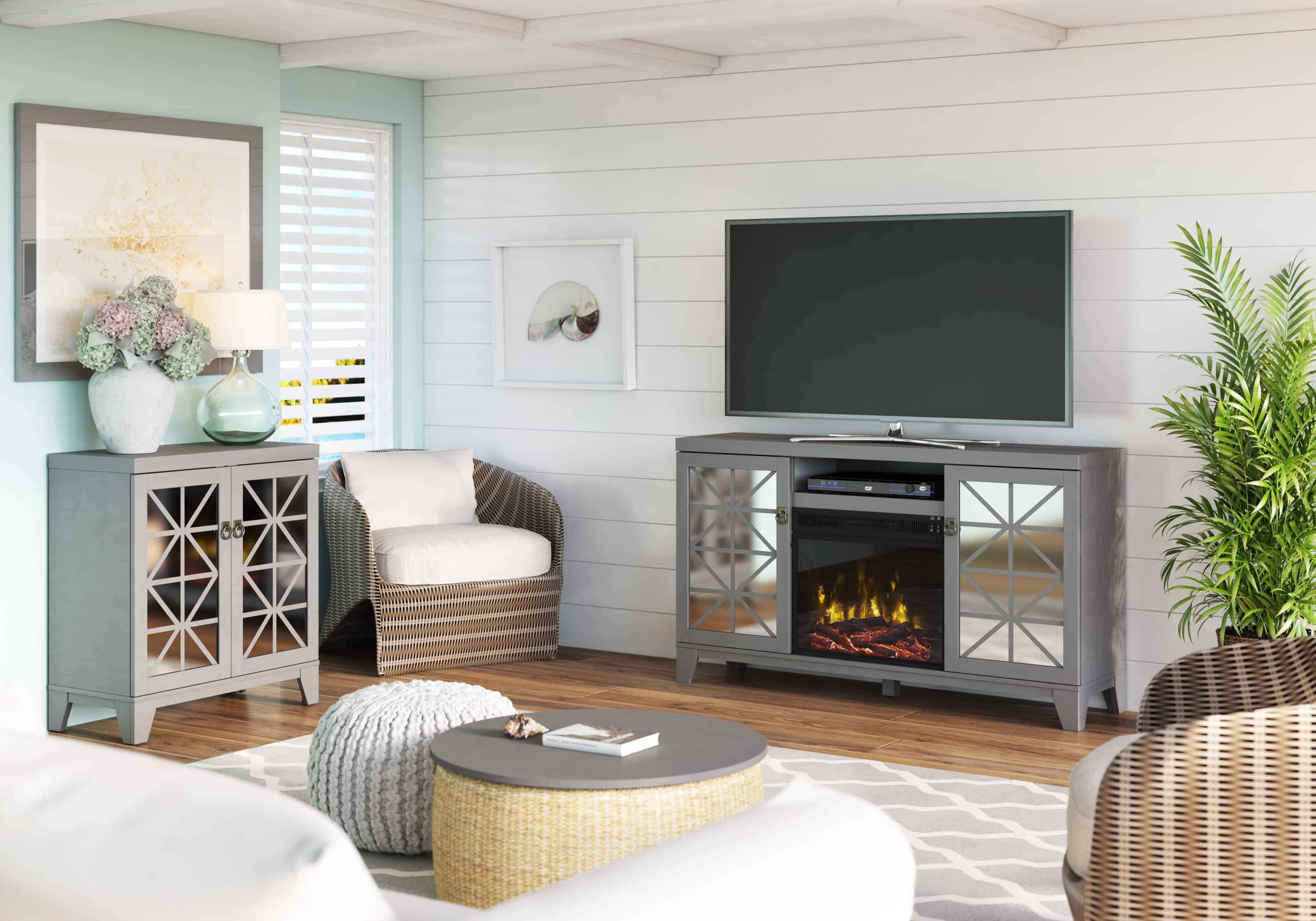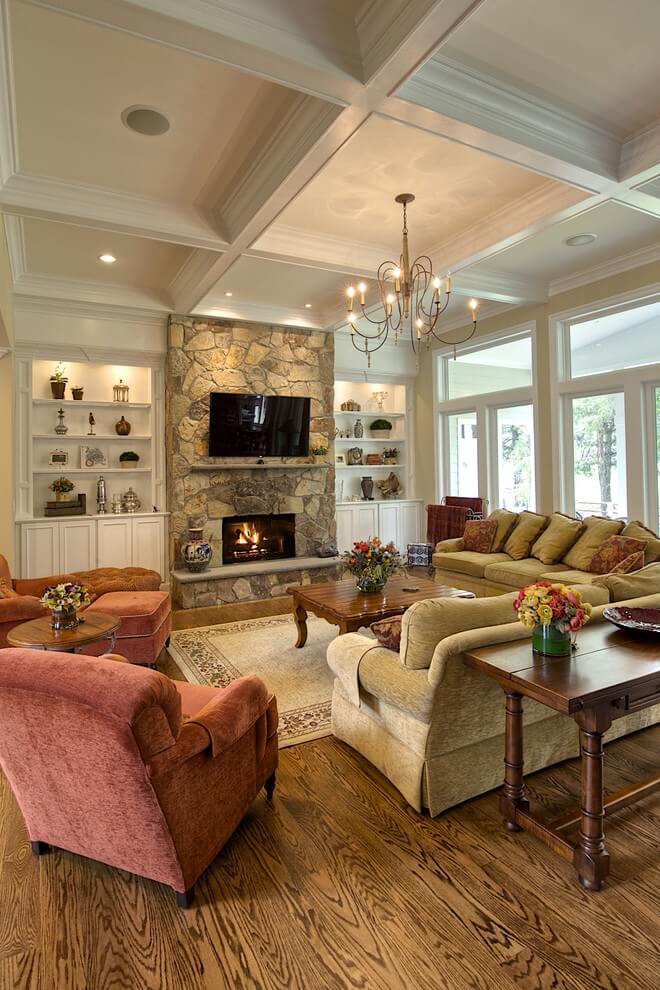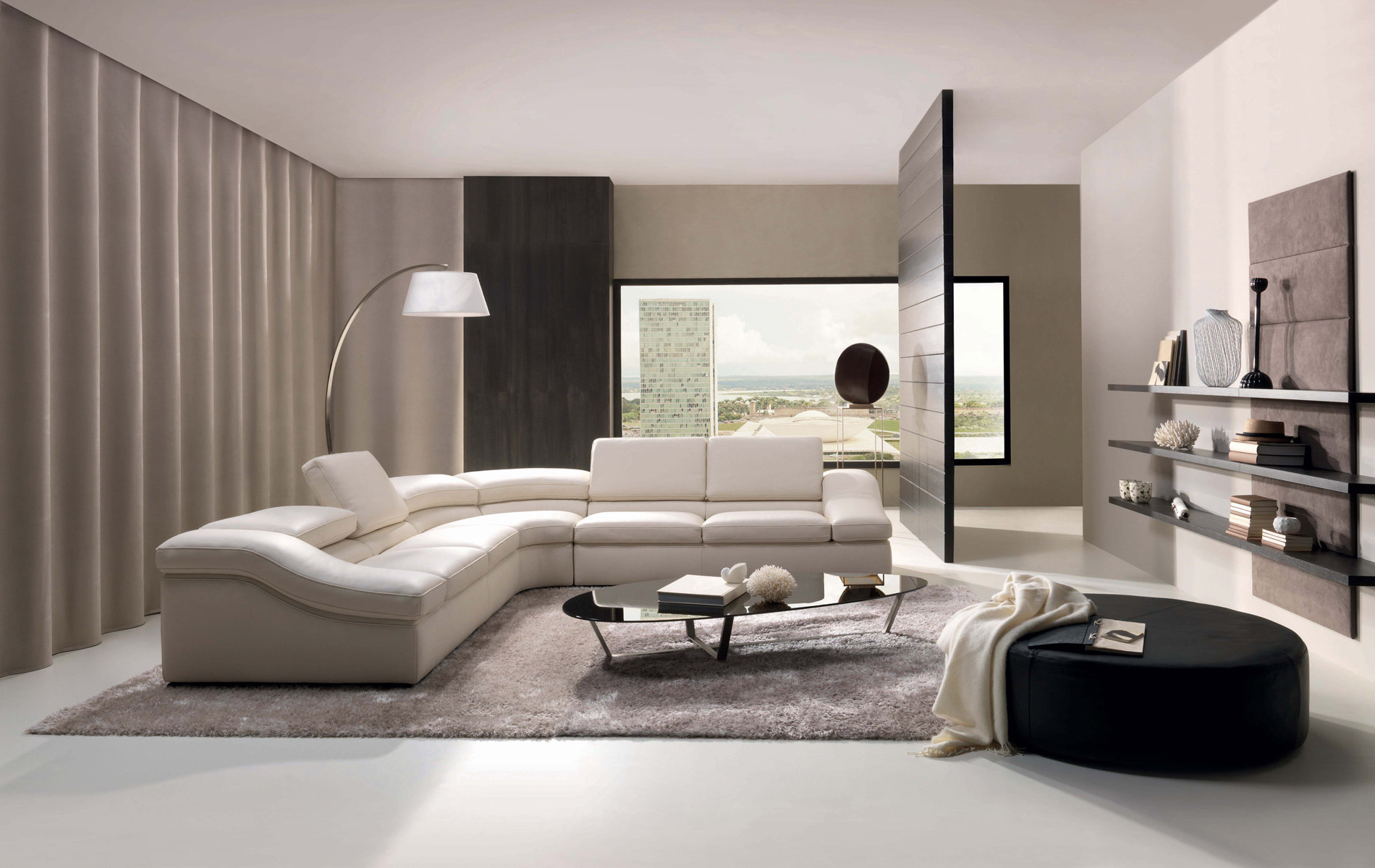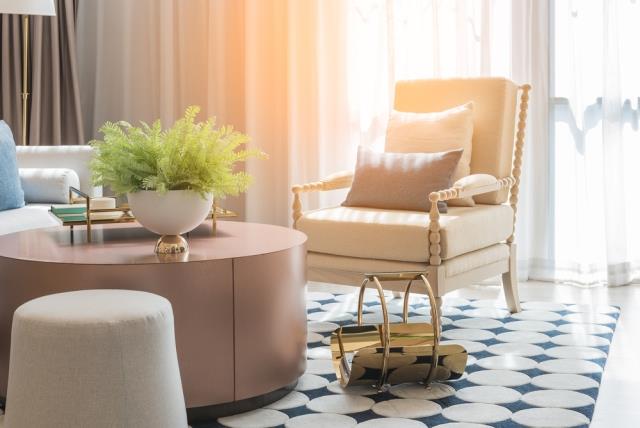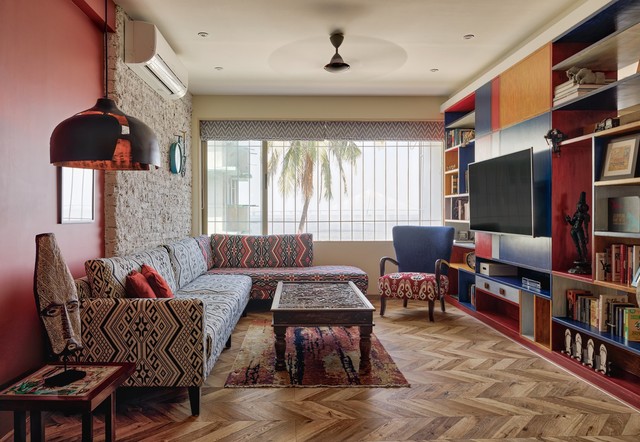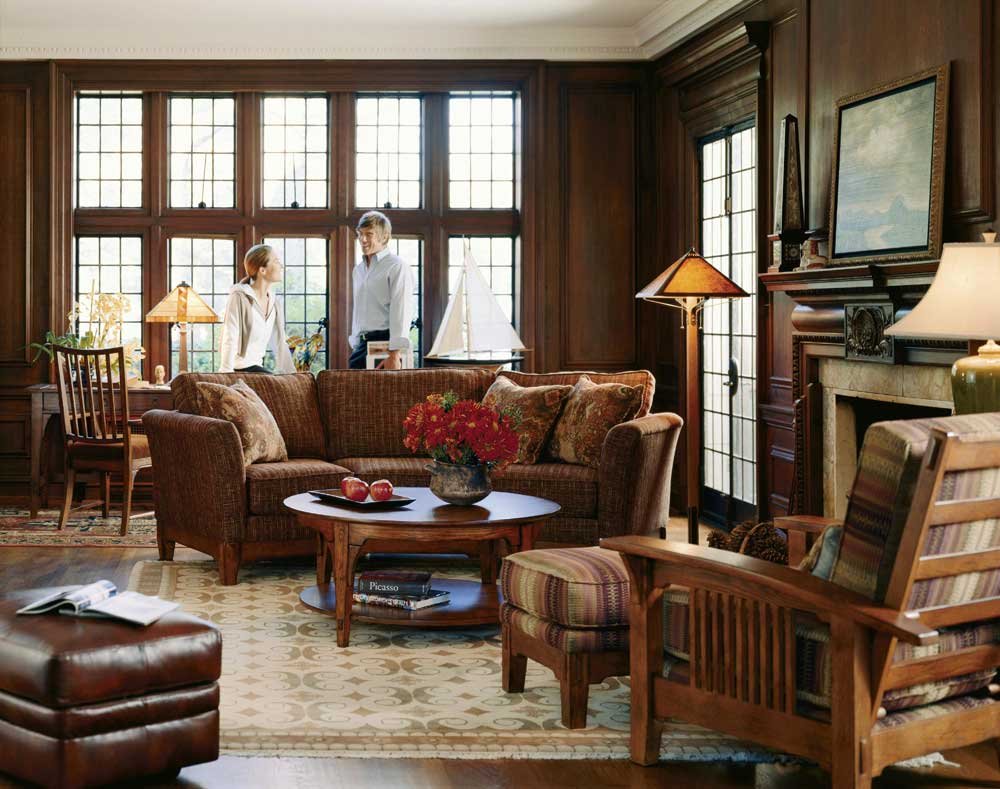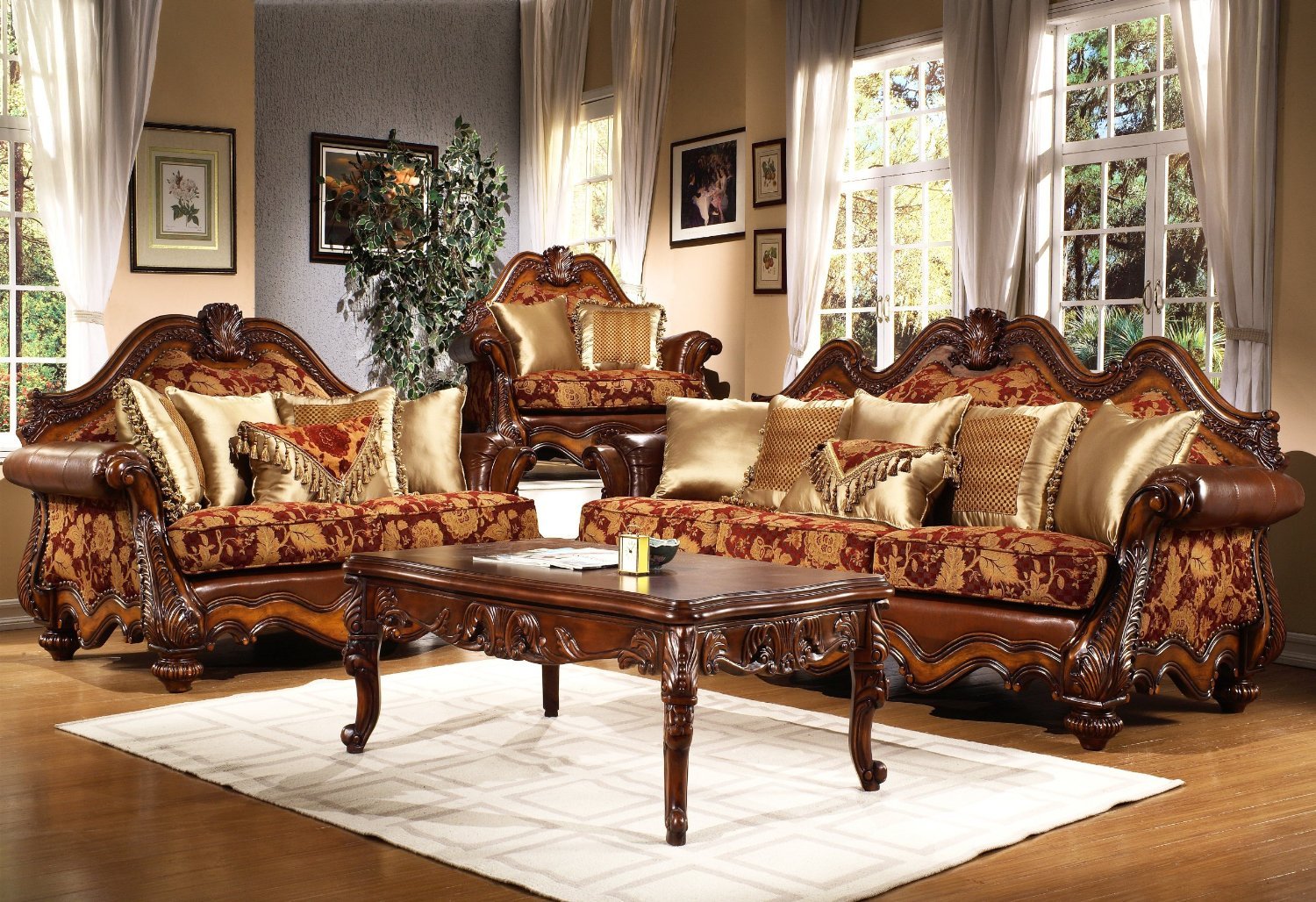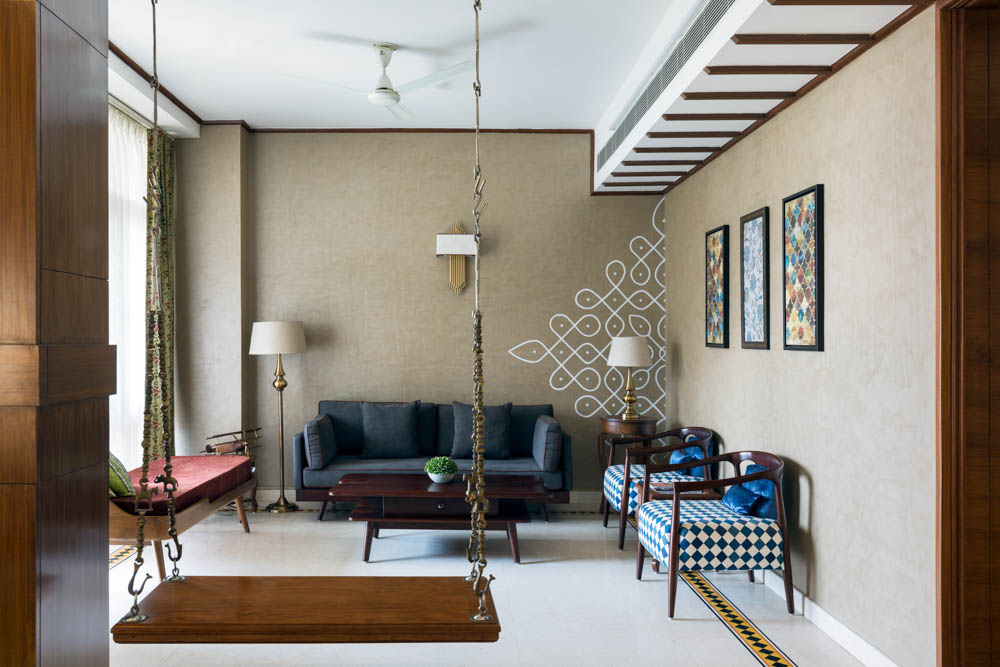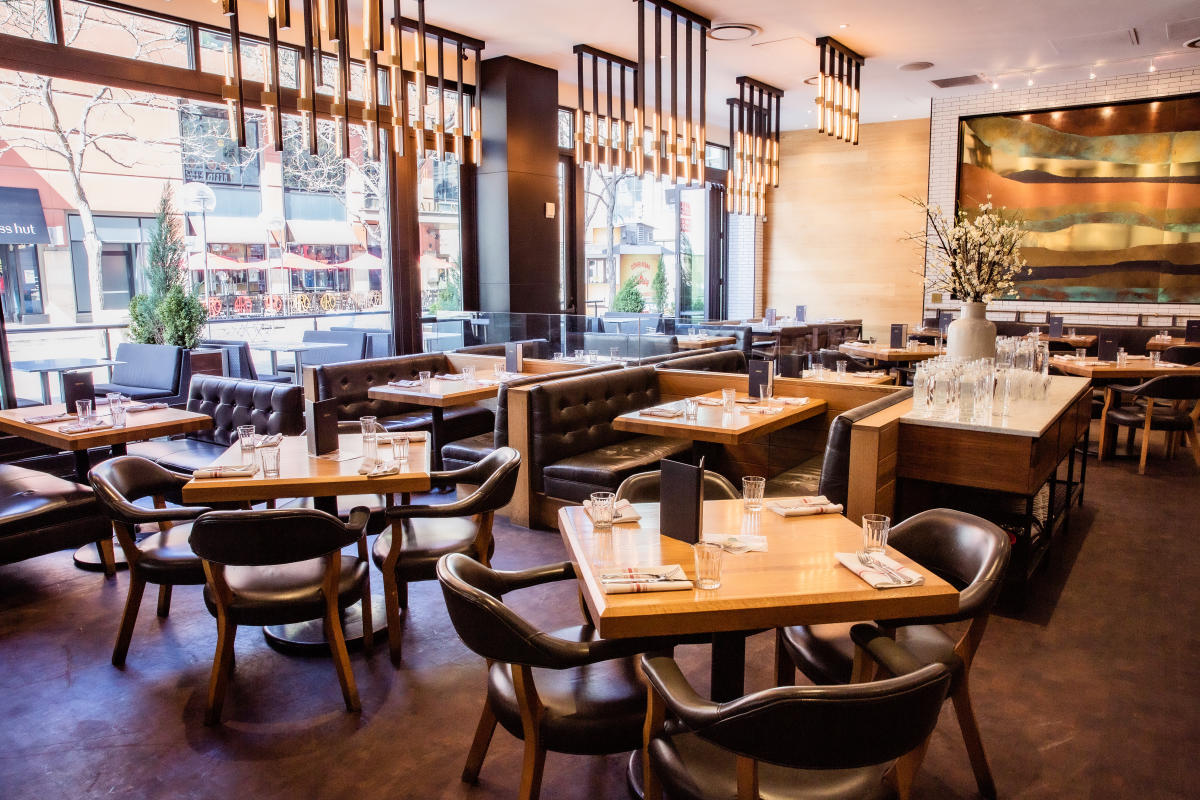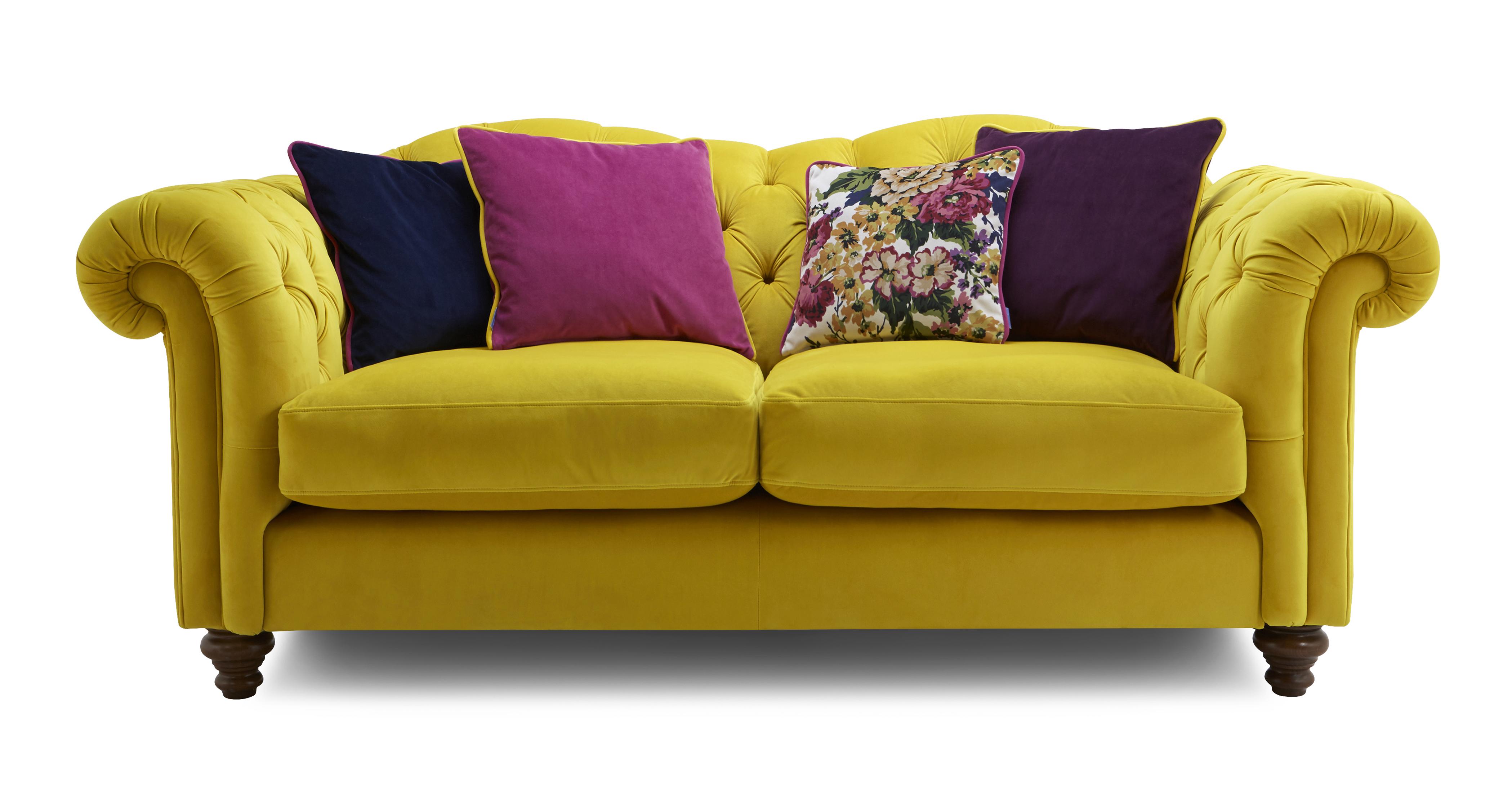Sofa Placement Ideas for a Comfortable Living Room
When it comes to designing the layout of your living room, the placement of your sofa is a crucial element to consider. The sofa is often the centerpiece of the room and sets the tone for the entire space. While many people opt to place their sofa against the wall, there are actually many benefits to not following this traditional placement. In this article, we will explore 10 different ways to arrange your sofa in the living room without it being against the wall.
How to Arrange Your Living Room Furniture for Better Flow
Before we dive into specific sofa placement ideas, it's important to understand the concept of flow in a room. The flow of a space refers to the way furniture is arranged to create a feeling of openness and balance. When a sofa is placed against the wall, it can disrupt the flow of the room and make it feel cramped. By experimenting with different sofa placements, you can find a layout that enhances the flow of your living room.
Maximizing Space: Placing Your Sofa Away from the Wall
One of the main advantages of not placing your sofa against the wall is that it can help maximize space in a small living room. By floating the sofa away from the wall, you create the illusion of more space and make the room feel larger. This is especially helpful for those living in apartments or smaller homes where every square inch counts.
Creating a Cozy Conversation Area in Your Living Room
If you love hosting guests or spending quality time with your family in the living room, consider arranging your sofa in a way that encourages conversation. Placing two sofas facing each other with a coffee table in between creates a cozy and intimate conversation area. This also works well for larger living rooms, as it breaks up the space and creates designated zones.
Design Tips for a Living Room with a Floating Sofa
When placing your sofa away from the wall, it's important to consider the overall design of your living room. You don't want the sofa to look out of place or disconnected from the rest of the room. To create a cohesive look, anchor the sofa with a large area rug and add complementary accent chairs or a side table. This will tie the floating sofa into the rest of the room's design.
Why You Should Consider Not Placing Your Sofa Against the Wall
Aside from creating more space and better flow in your living room, there are other reasons to consider not placing your sofa against the wall. For one, it allows for more flexibility in your furniture arrangement. You can easily move your sofa and experiment with different layouts without being confined to one wall. Additionally, not having your sofa against the wall can add visual interest and depth to the room.
The Benefits of a Sofa Not Against the Wall in Your Living Room
Another benefit of a floating sofa is that it allows for better traffic flow in the room. Placing your sofa against the wall can create obstacles and make it difficult to move around the space. With a floating sofa, you can easily navigate the room and access other areas without any hindrances. This is particularly useful in smaller living rooms where space is limited.
How to Create a Focal Point in Your Living Room with a Floating Sofa
A floating sofa can also serve as a focal point in your living room. By placing it in the center of the room, you draw the eye towards it and create a visual anchor for the space. To enhance this effect, you can add a bold and colorful sofa or decorate the wall behind it with artwork or a statement piece. This will make your sofa stand out and add character to the room.
Arranging Furniture in a Small Living Room: Tips for Not Placing Your Sofa Against the Wall
For those with small living rooms, not placing your sofa against the wall can be a game-changer in terms of maximizing space. In addition to floating the sofa, you can also opt for a smaller loveseat or a sectional sofa that can be placed in a corner. This will open up the space and make it feel less cluttered. You can also add a couple of armchairs or ottomans for extra seating without taking up too much space.
Designing a Living Room with a Non-Traditional Sofa Placement
Lastly, not placing your sofa against the wall allows for endless possibilities in terms of design. You can create a unique and non-traditional layout that reflects your personal style and adds a touch of creativity to the room. For example, you can place your sofa diagonally in the corner or use it to divide the living room from another area, like a dining space or home office.
In conclusion, while the traditional sofa placement against the wall may seem like the obvious choice, there are many benefits to not following this conventional layout. By experimenting with different sofa placements, you can create a comfortable and functional living room that reflects your personal style and enhances the flow of the space.
The Benefits of Not Placing Your Living Room Sofa Against the Wall

Maximize Space and Flow
Add Visual Interest
 Another benefit of not placing your sofa against the wall is the
opportunity to add visual interest
to your living room. A sofa placed in the middle of the room can serve as a statement piece, drawing the eye and adding character to the space. You can also use this as a chance to play with different furniture arrangements and add other decorative elements around the sofa. With the sofa acting as the focal point, you can get creative and
add pops of color or unique design elements
to make your living room truly stand out.
Another benefit of not placing your sofa against the wall is the
opportunity to add visual interest
to your living room. A sofa placed in the middle of the room can serve as a statement piece, drawing the eye and adding character to the space. You can also use this as a chance to play with different furniture arrangements and add other decorative elements around the sofa. With the sofa acting as the focal point, you can get creative and
add pops of color or unique design elements
to make your living room truly stand out.
Create a Cozier Atmosphere
 While it may seem counterintuitive, pulling your sofa away from the wall can actually
create a cozier atmosphere
in your living room. By creating space behind the sofa, you can add extra seating options such as chairs or ottomans. This not only adds more seating for guests, but it also allows for a more intimate and comfortable setting. You can also use this space to add a bookshelf or other decorative items, making your living room feel more personalized and inviting.
In conclusion, while placing your living room sofa against the wall may seem like the logical choice, breaking away from this design trend can bring several benefits to your space. By maximizing space and flow, adding visual interest, and creating a cozier atmosphere, not placing your sofa against the wall can transform your living room into a more inviting and dynamic space. So be bold and consider pulling your sofa away from the wall for a truly unique and stylish living room design.
While it may seem counterintuitive, pulling your sofa away from the wall can actually
create a cozier atmosphere
in your living room. By creating space behind the sofa, you can add extra seating options such as chairs or ottomans. This not only adds more seating for guests, but it also allows for a more intimate and comfortable setting. You can also use this space to add a bookshelf or other decorative items, making your living room feel more personalized and inviting.
In conclusion, while placing your living room sofa against the wall may seem like the logical choice, breaking away from this design trend can bring several benefits to your space. By maximizing space and flow, adding visual interest, and creating a cozier atmosphere, not placing your sofa against the wall can transform your living room into a more inviting and dynamic space. So be bold and consider pulling your sofa away from the wall for a truly unique and stylish living room design.




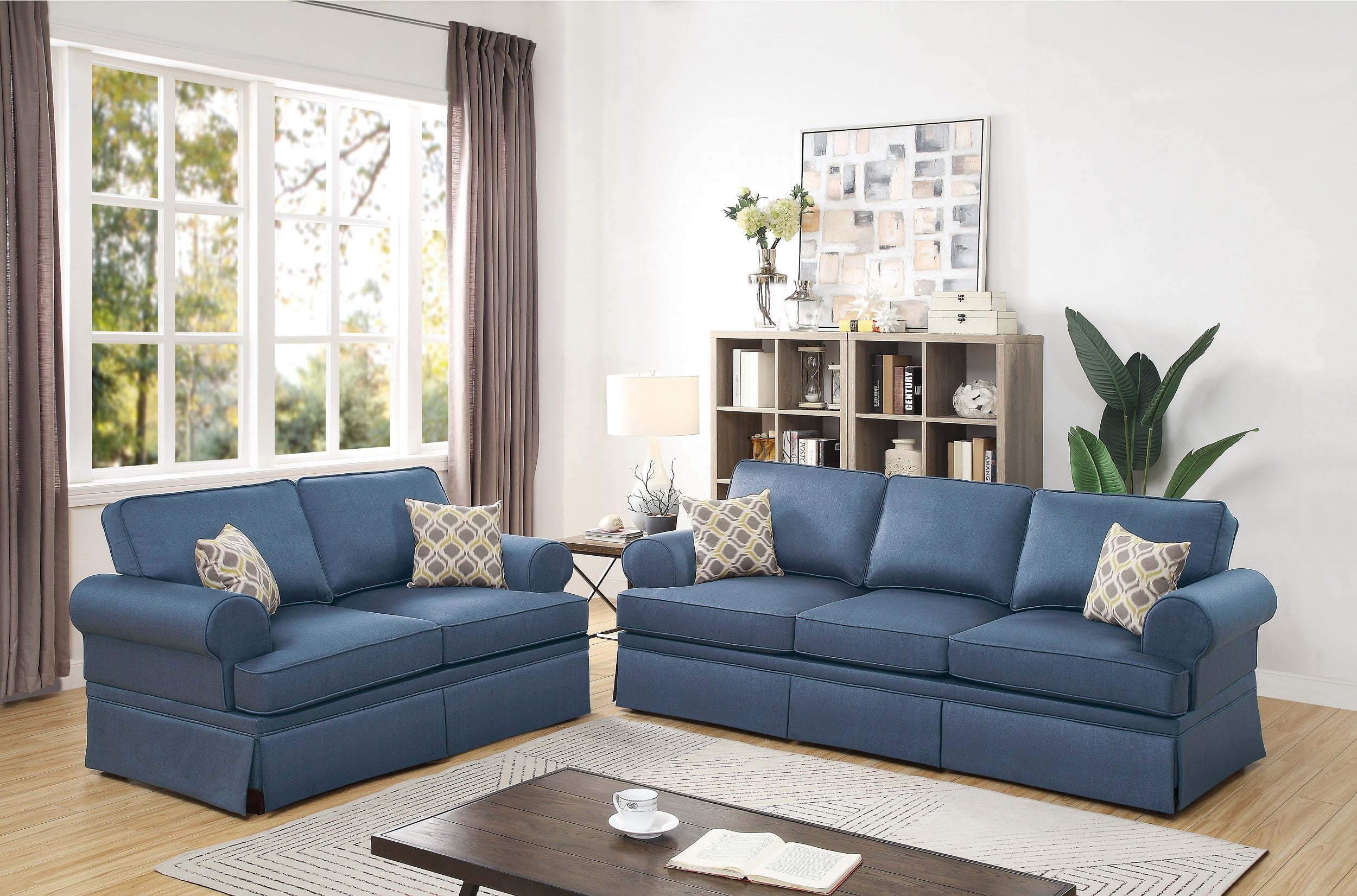
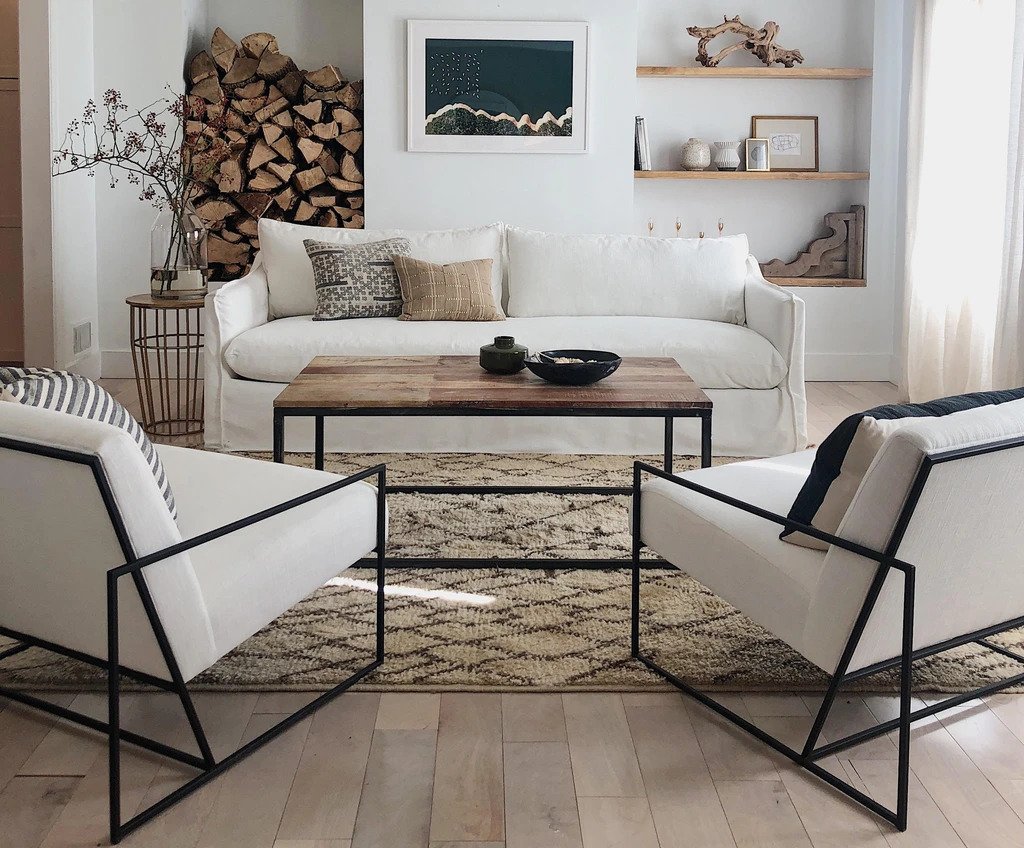
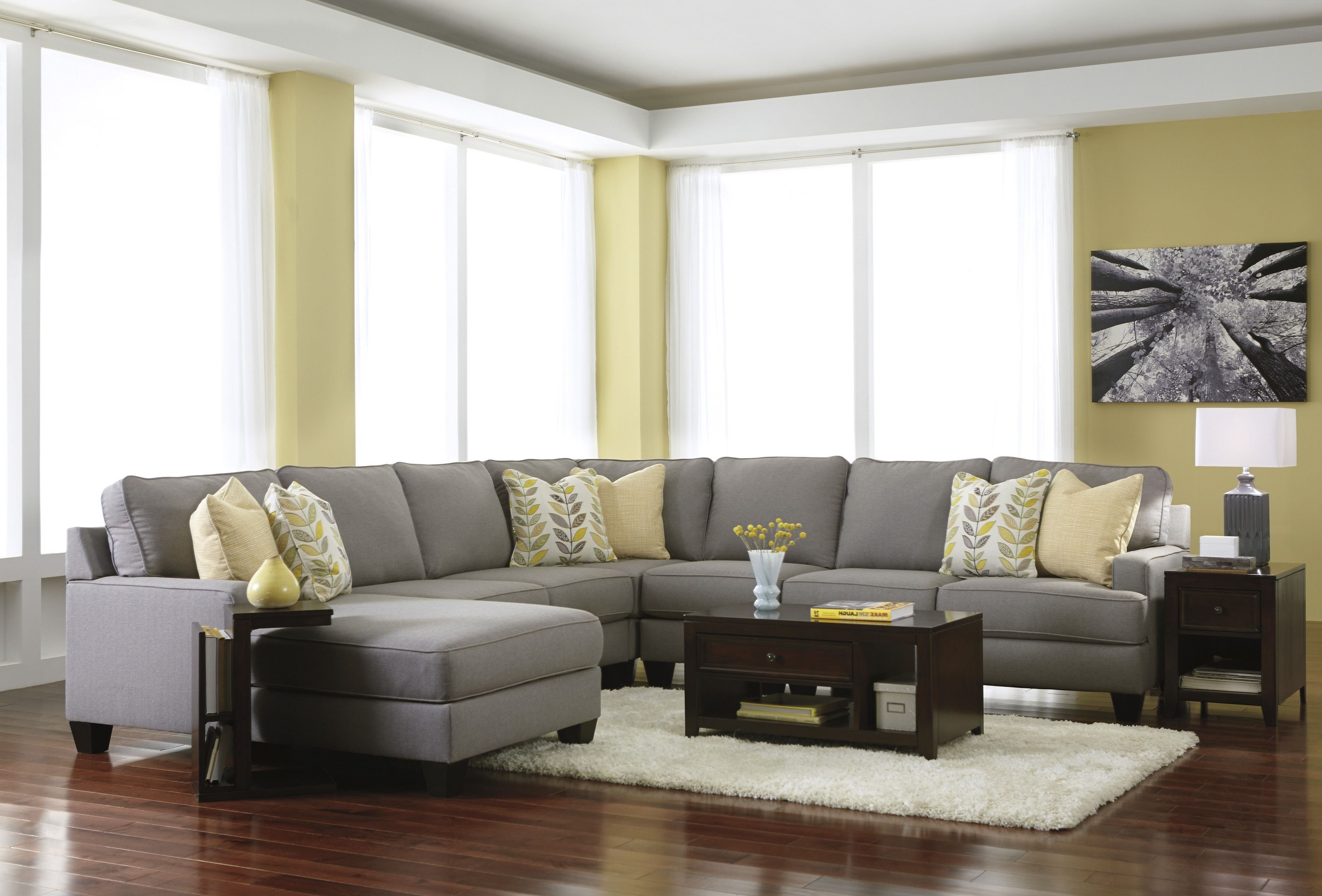
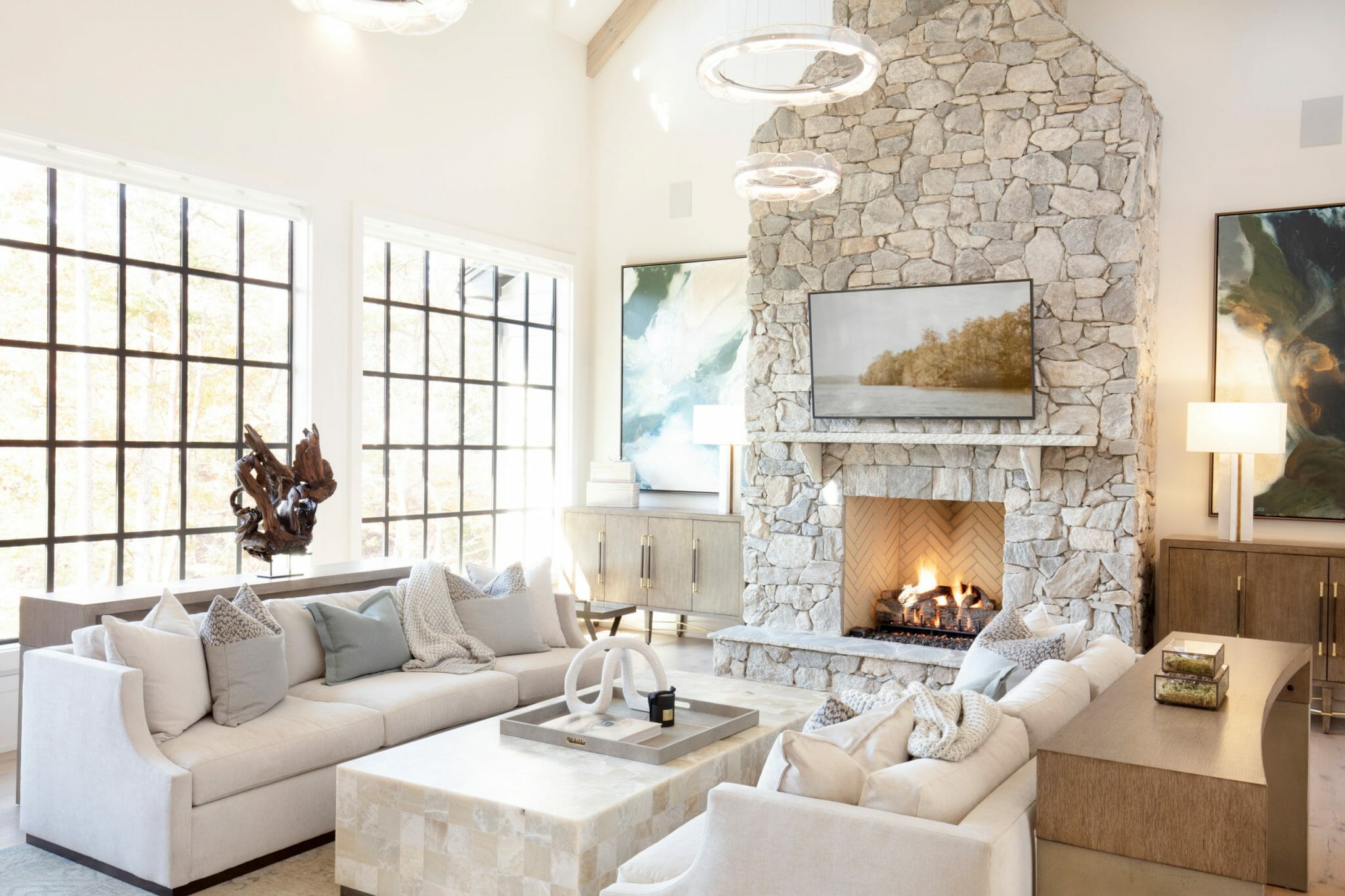
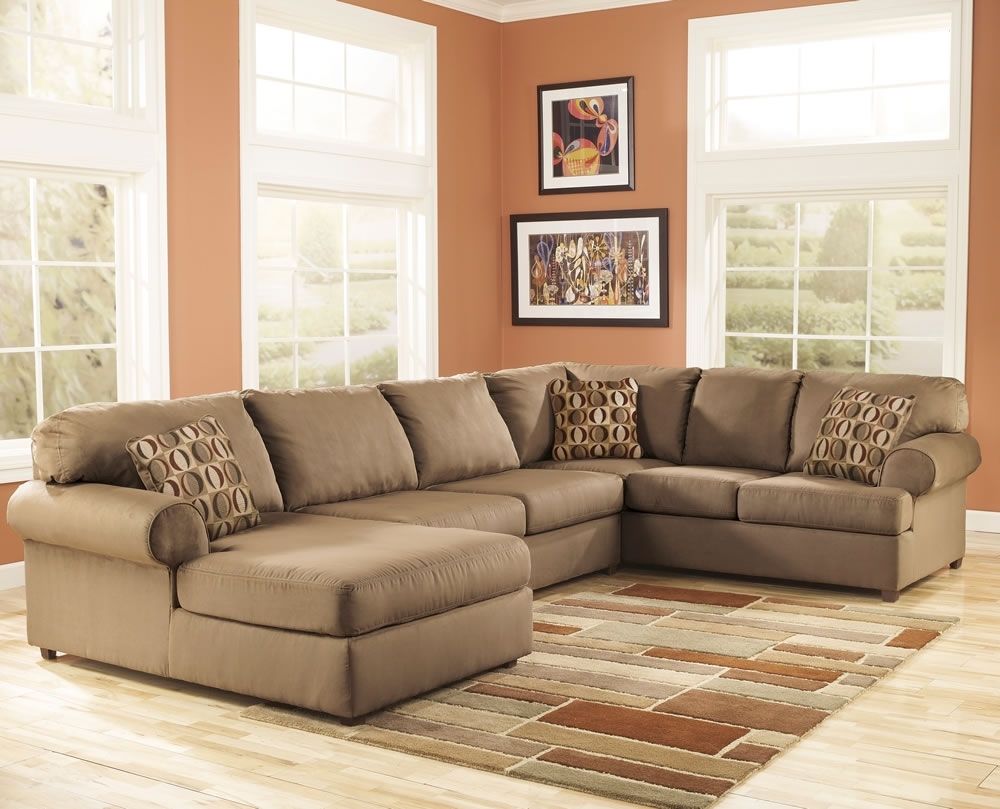

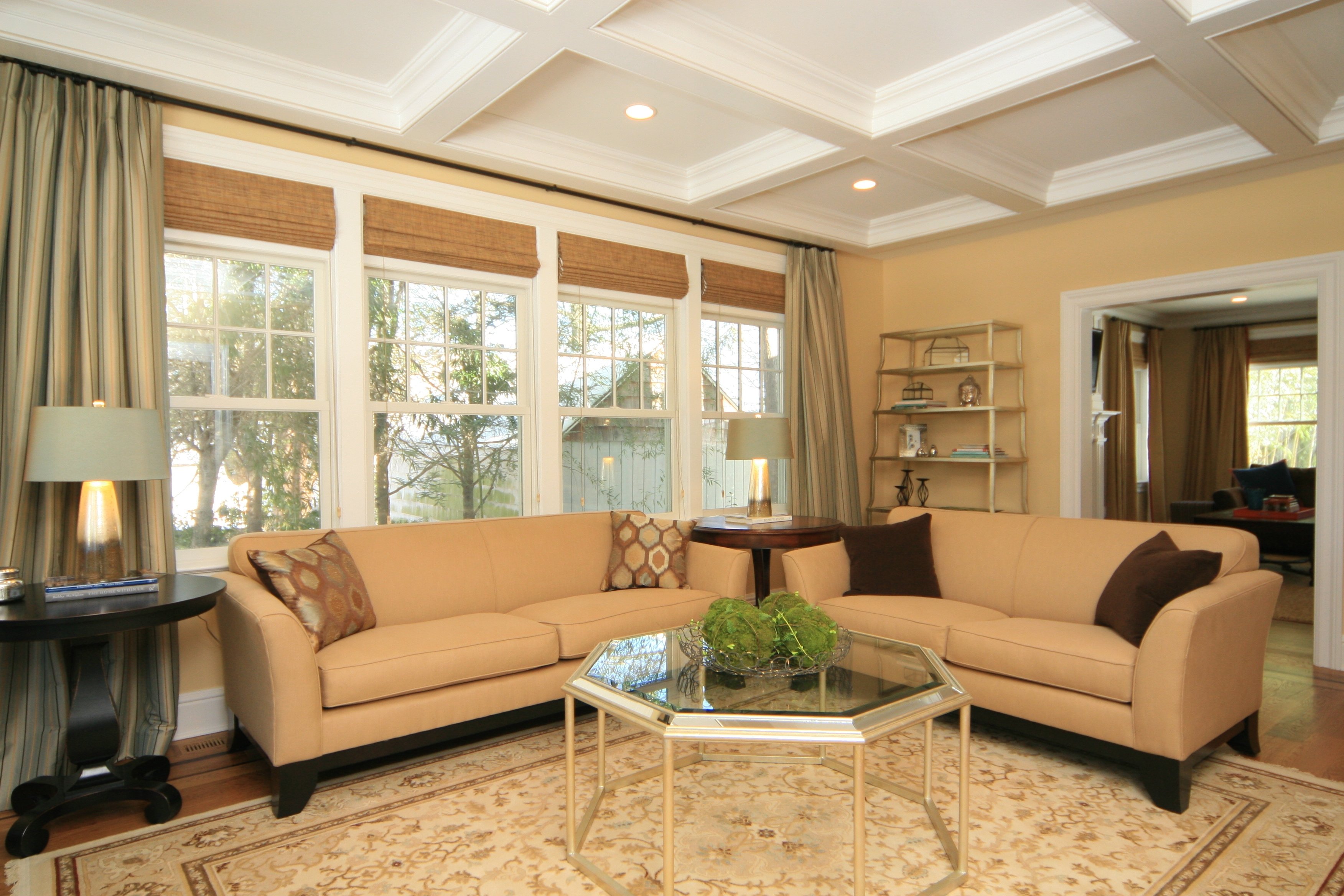










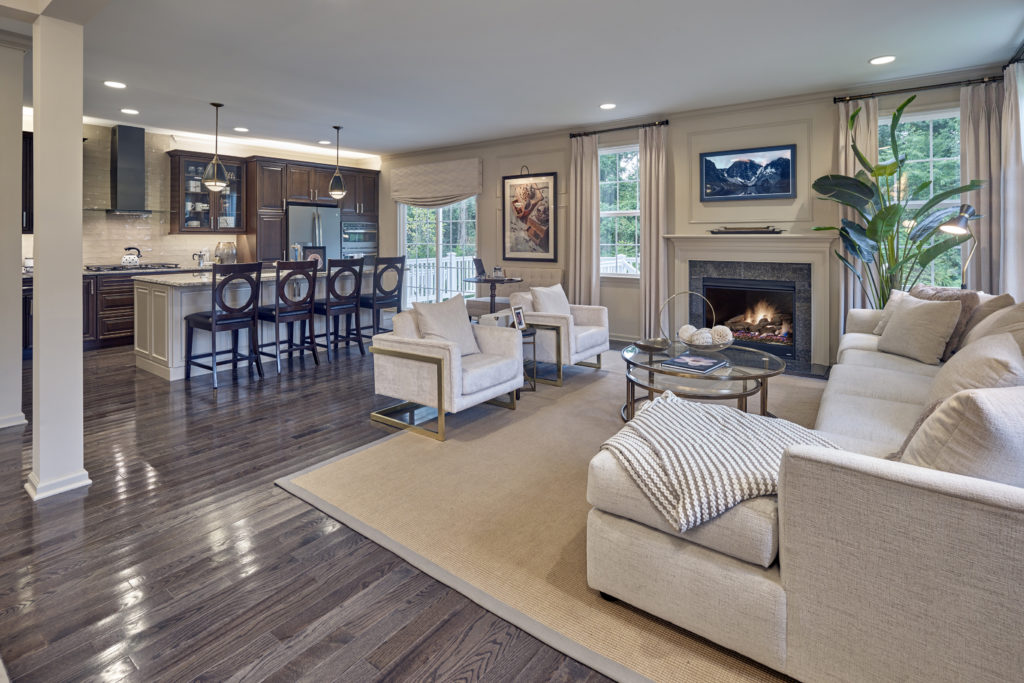






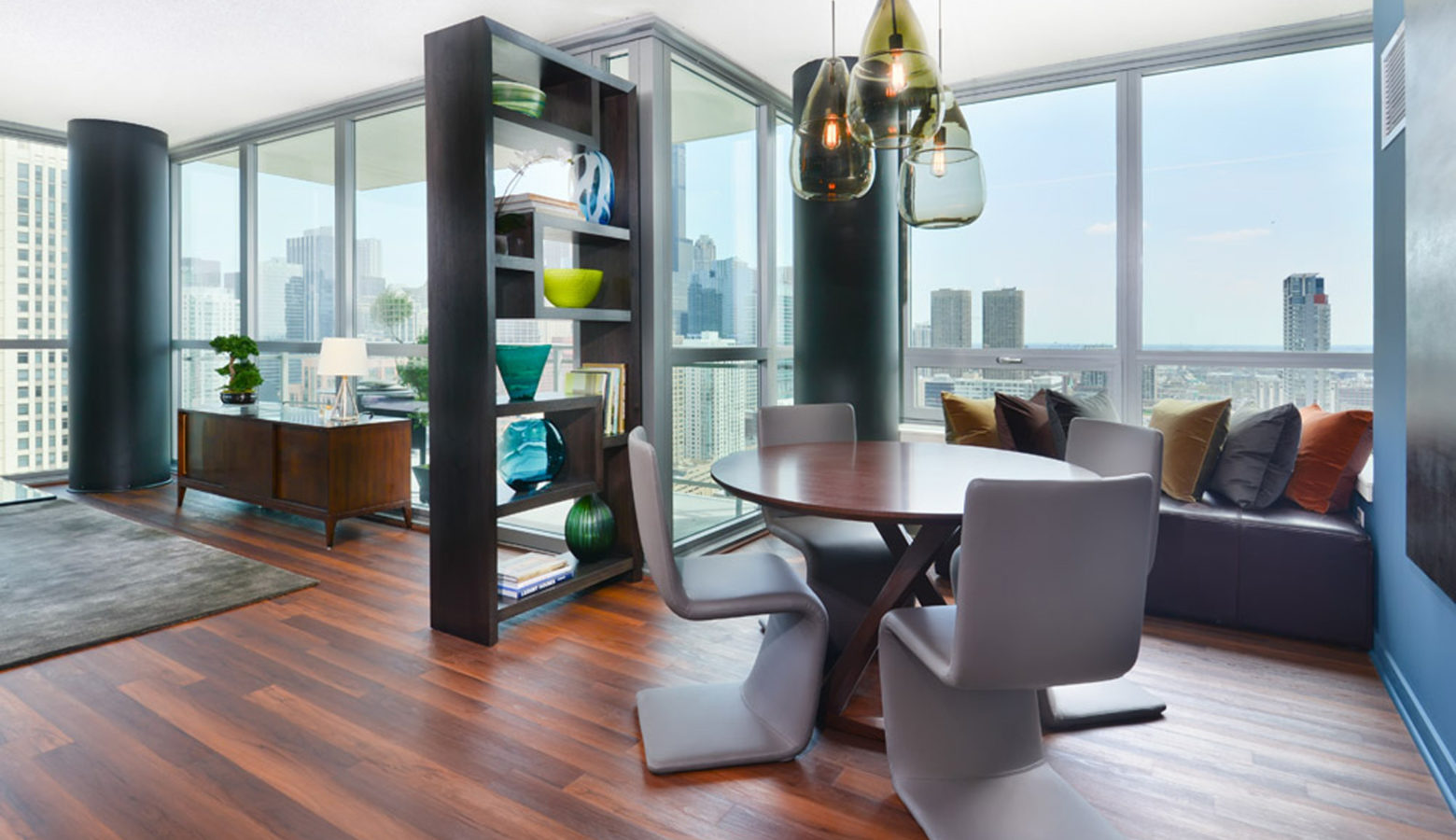


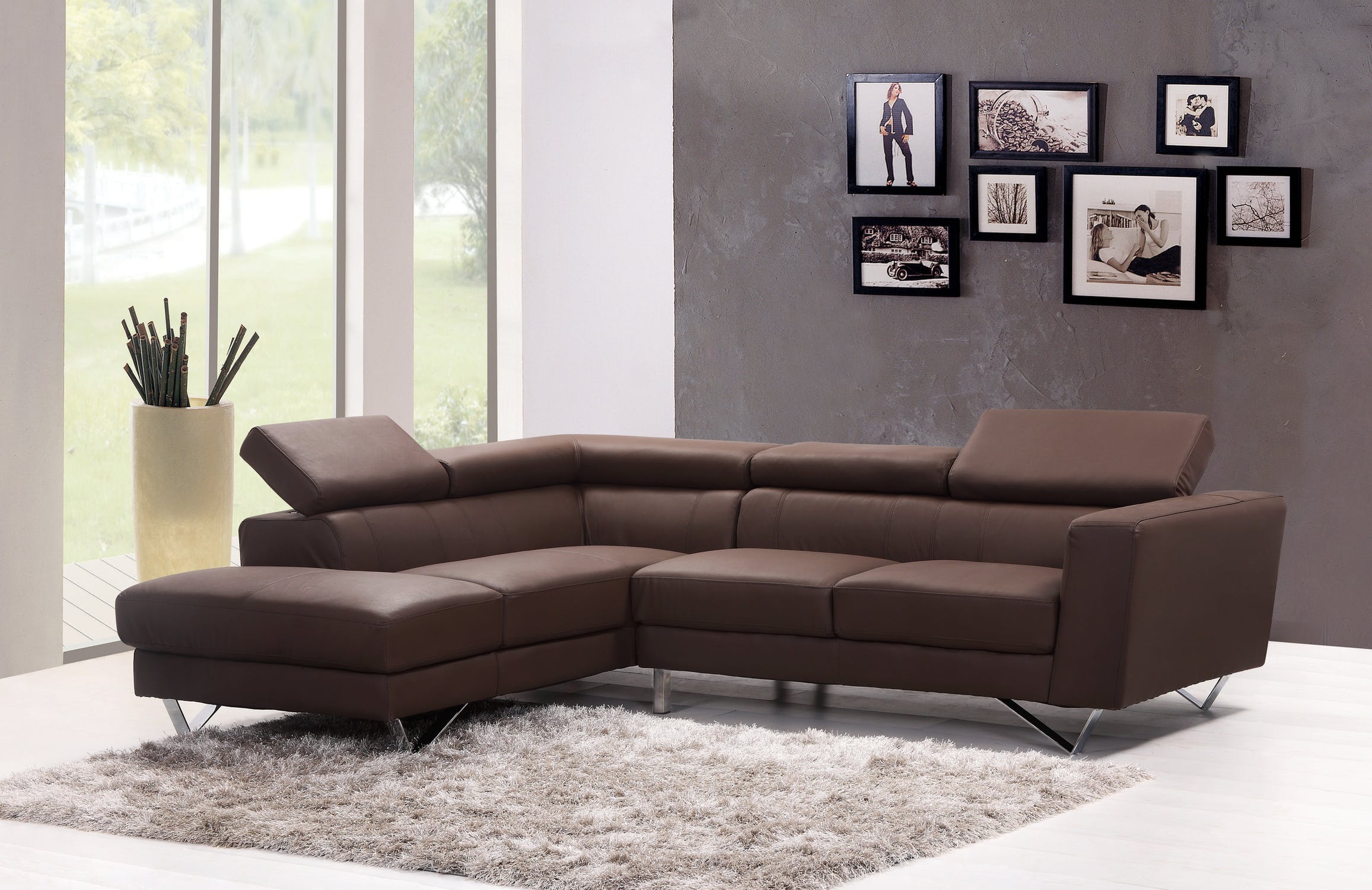





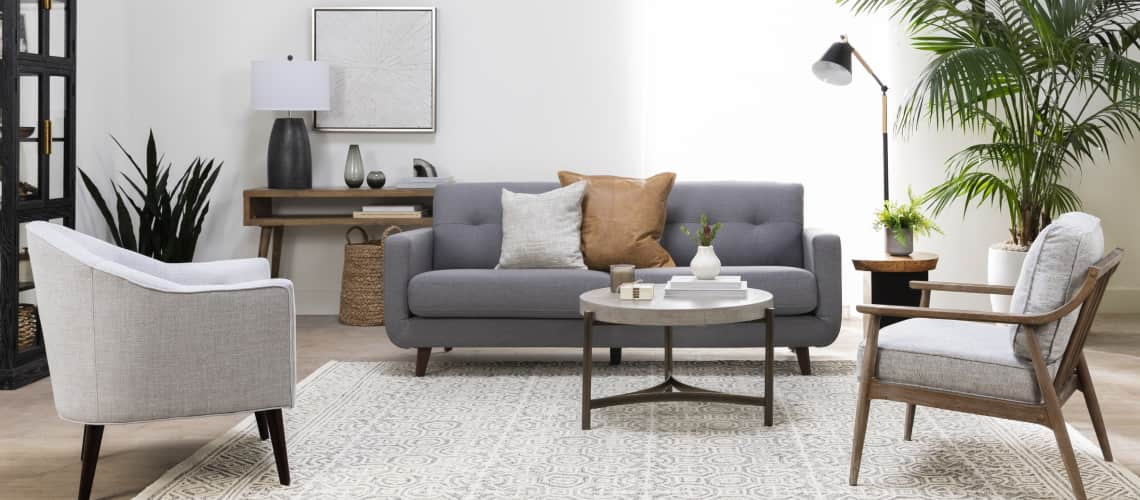
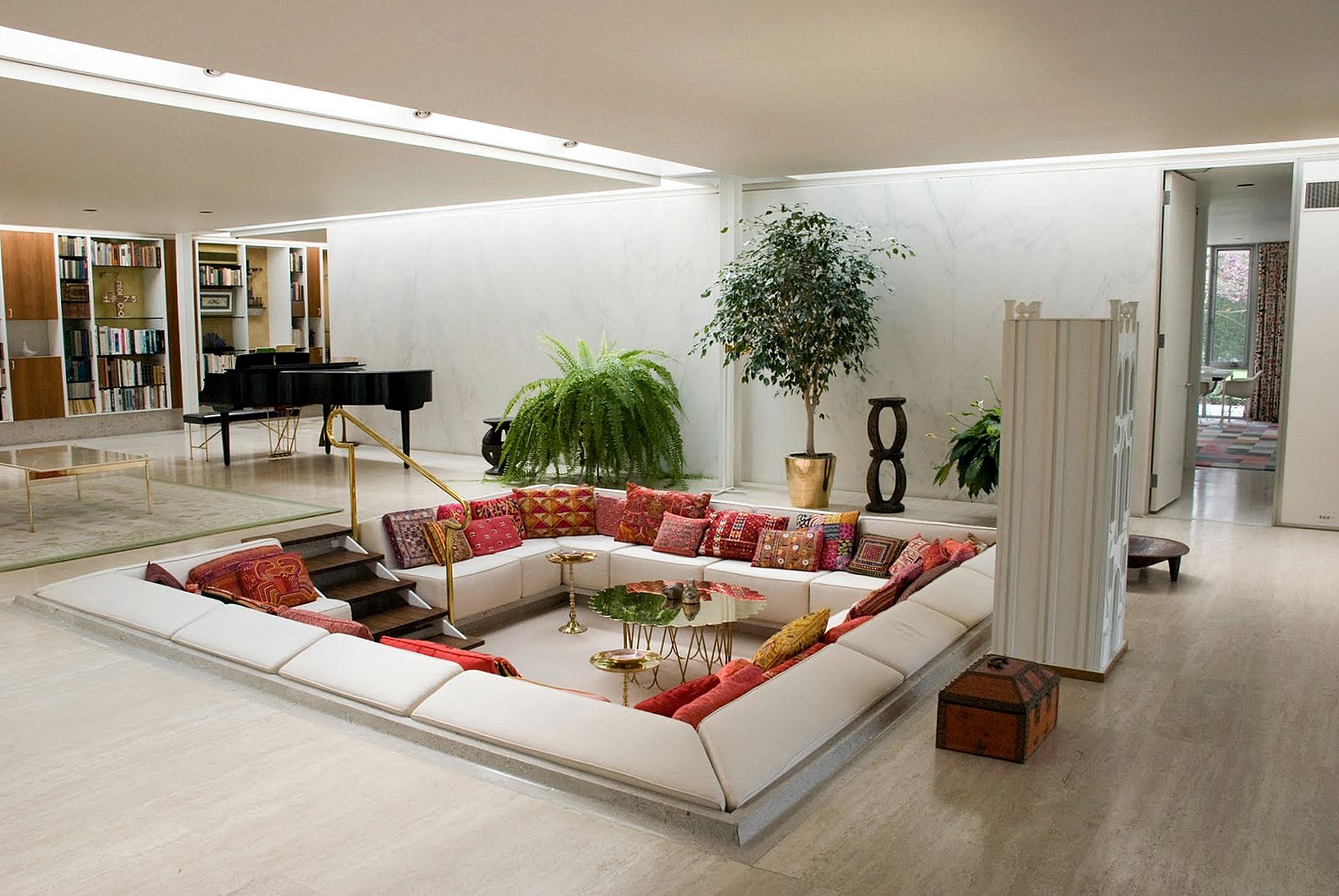














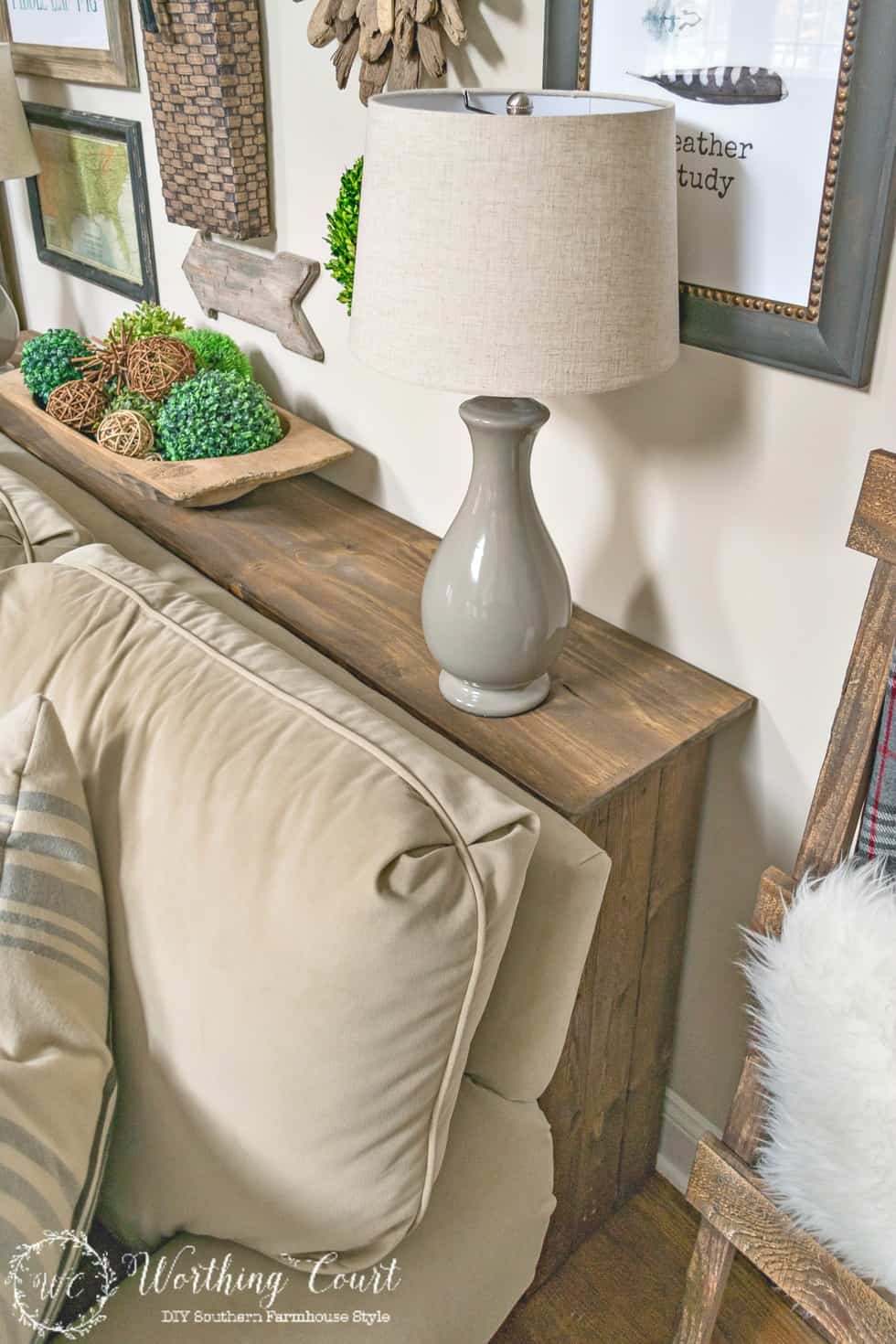

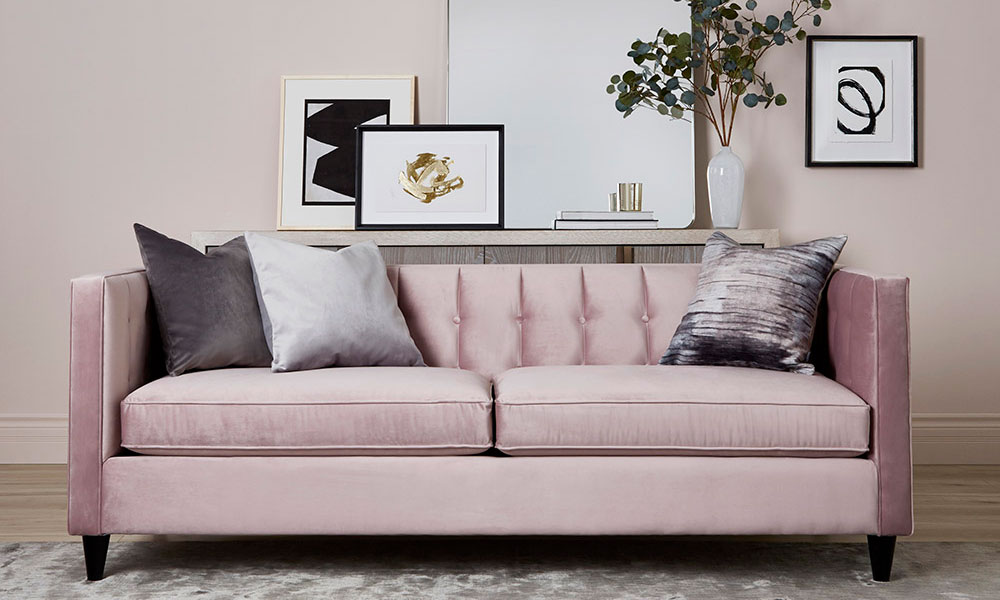










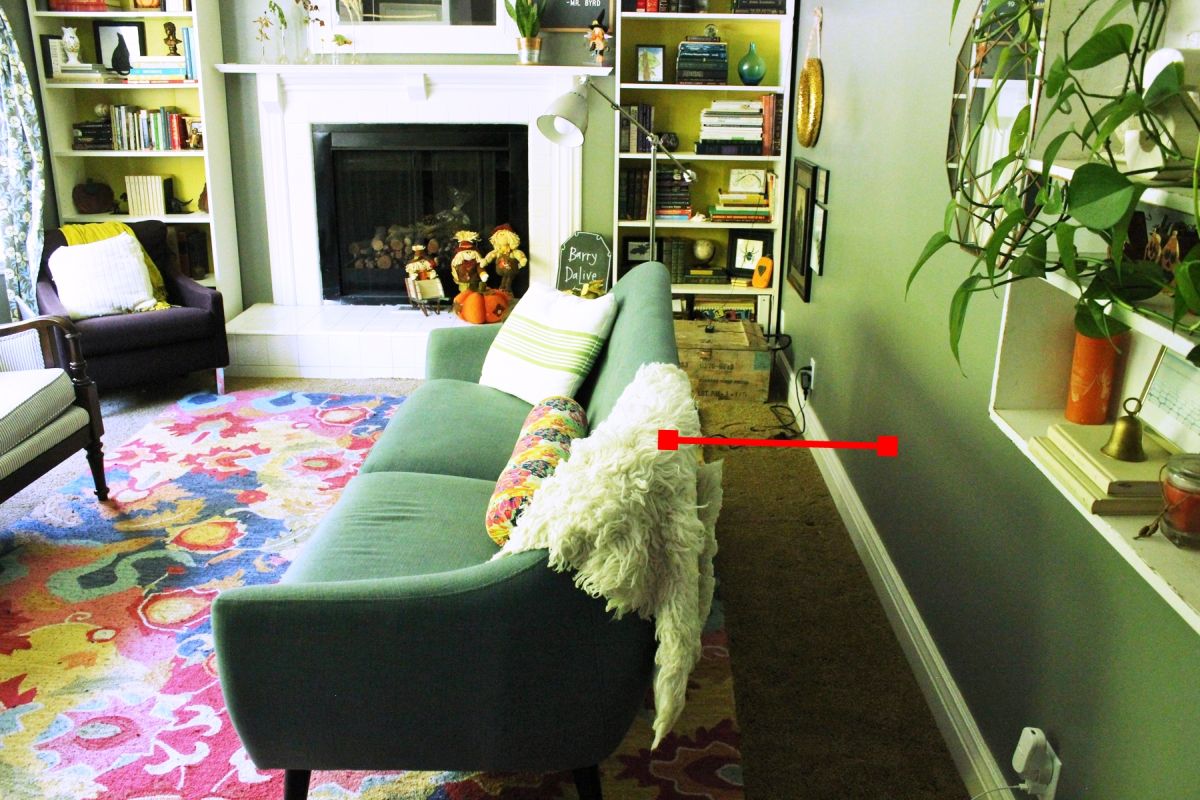

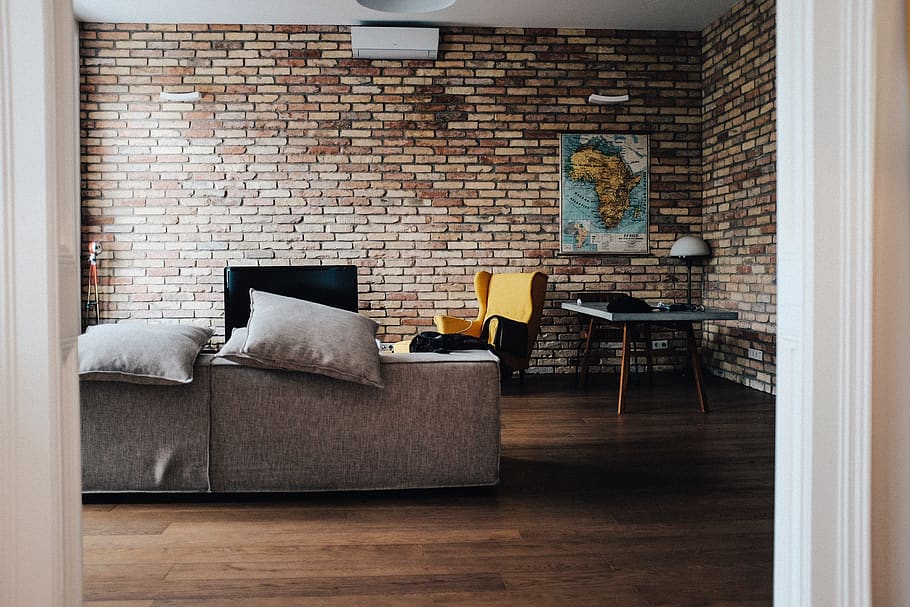
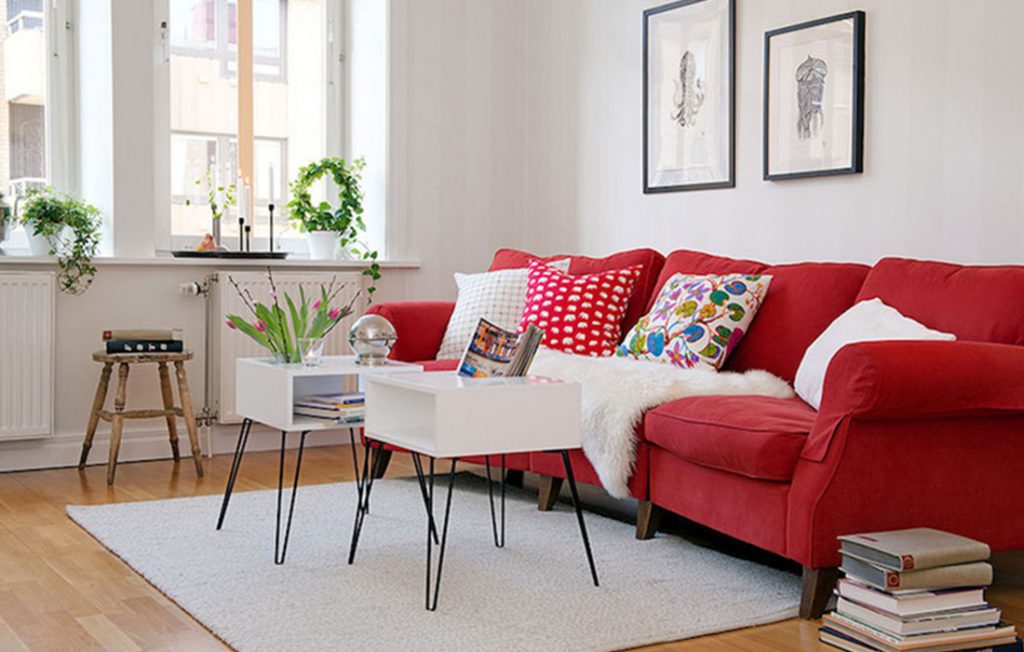
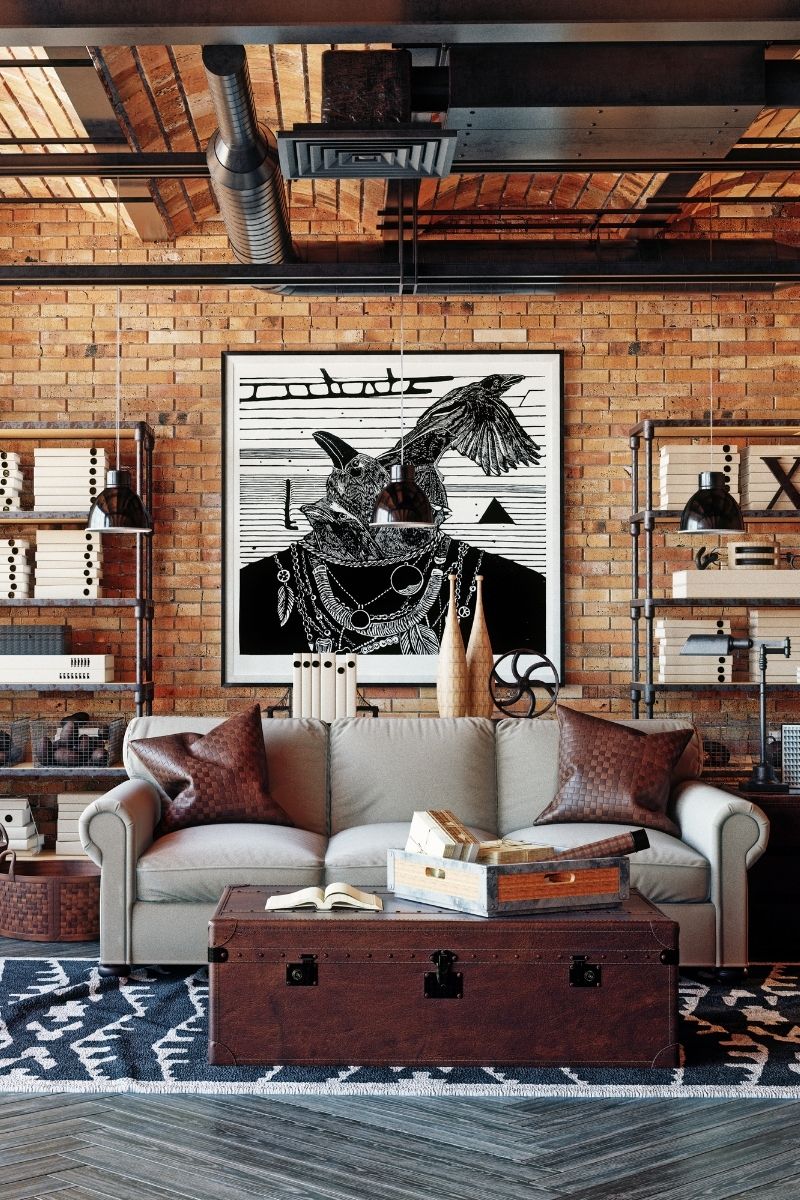

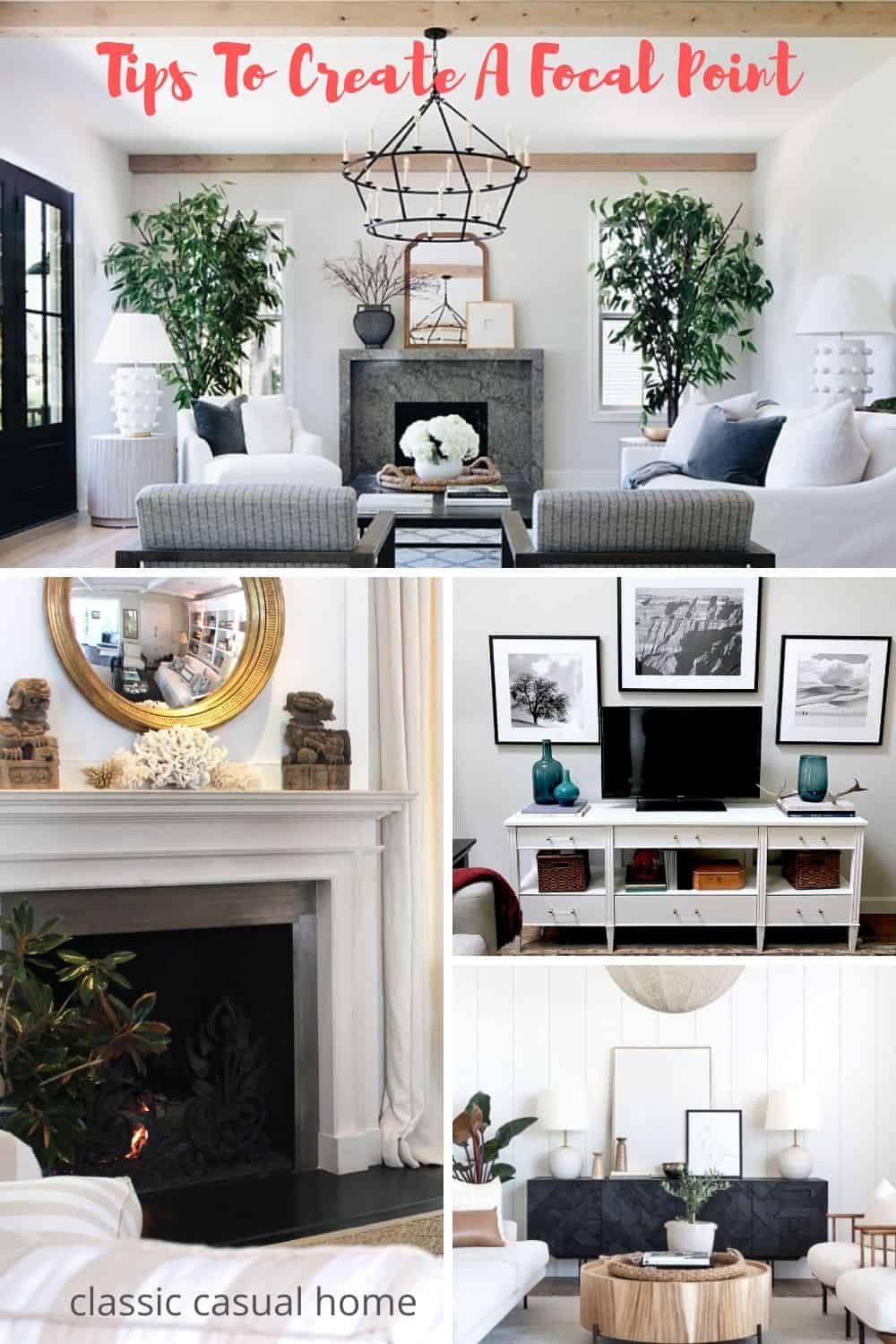



:max_bytes(150000):strip_icc()/modern-living-room-1010758368-c2f7cc8c5609461994192c95b0597781.jpg)

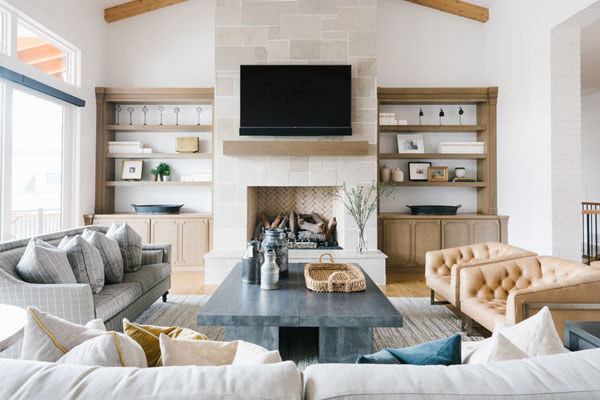
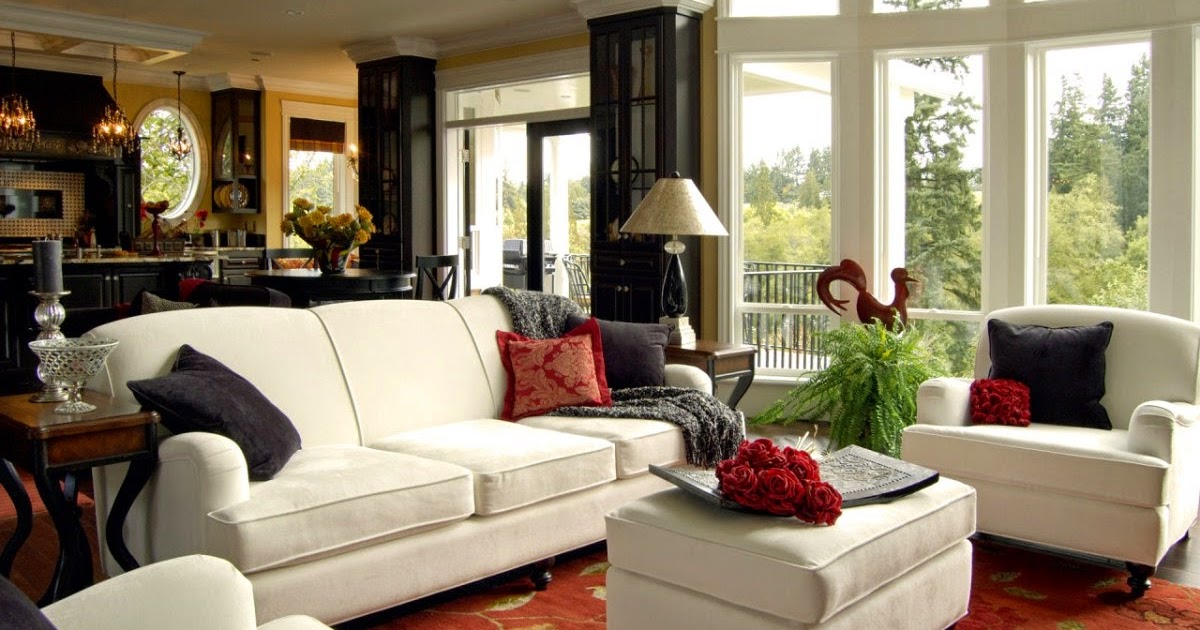
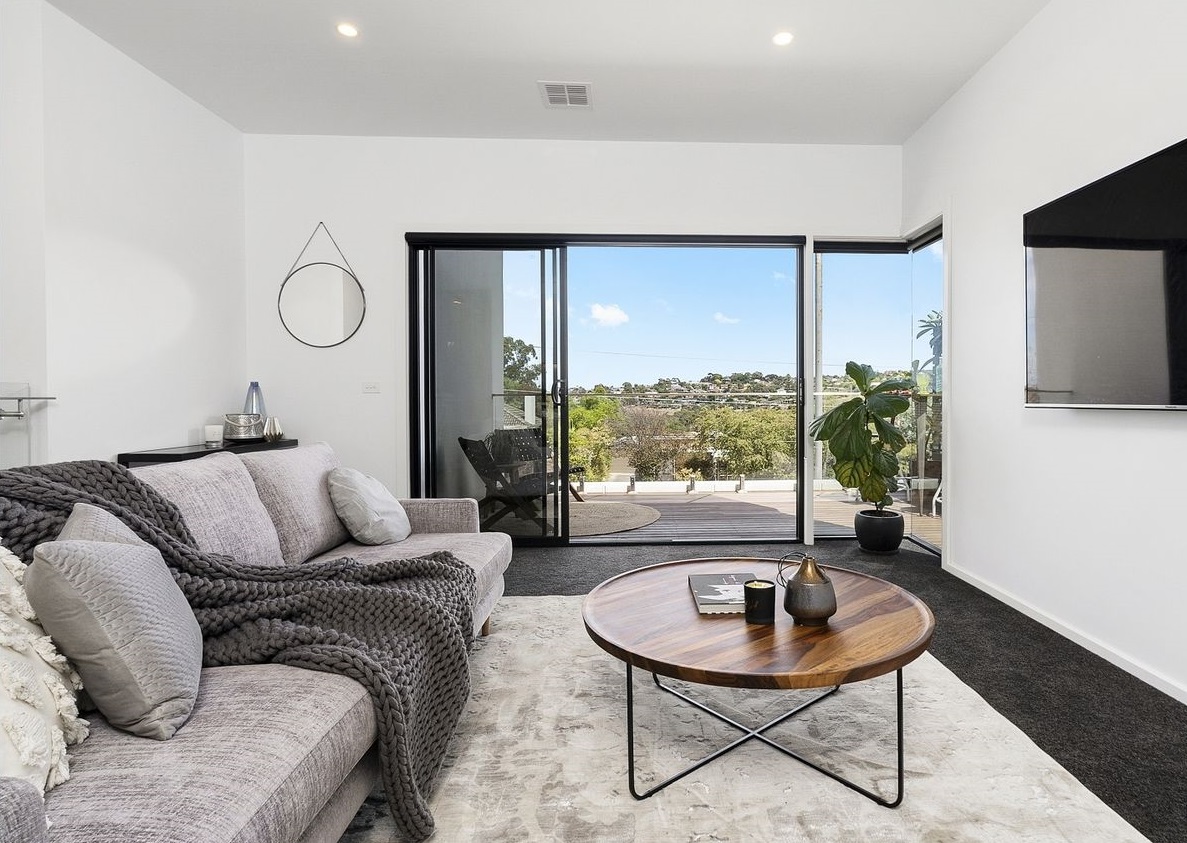
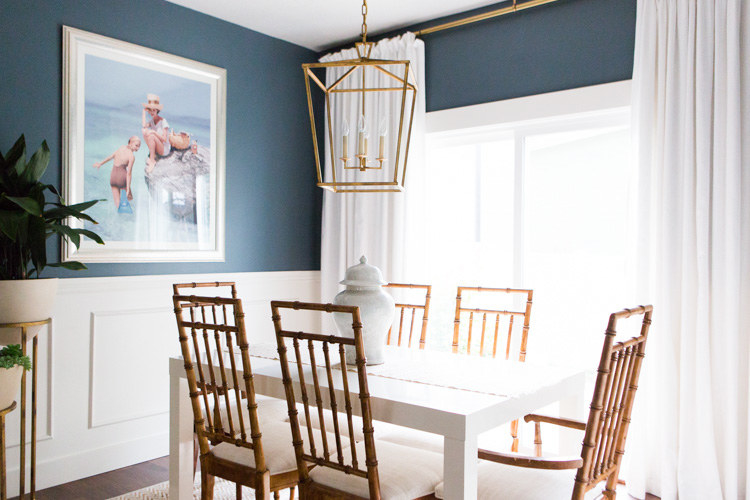
:max_bytes(150000):strip_icc()/3-Scheer-Co.-Interior-Design-bungalow-58bdc96c5f9b58af5c23b3a6.jpg)








